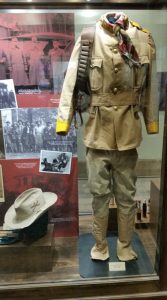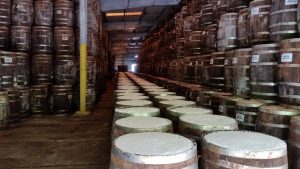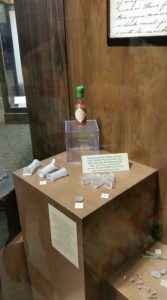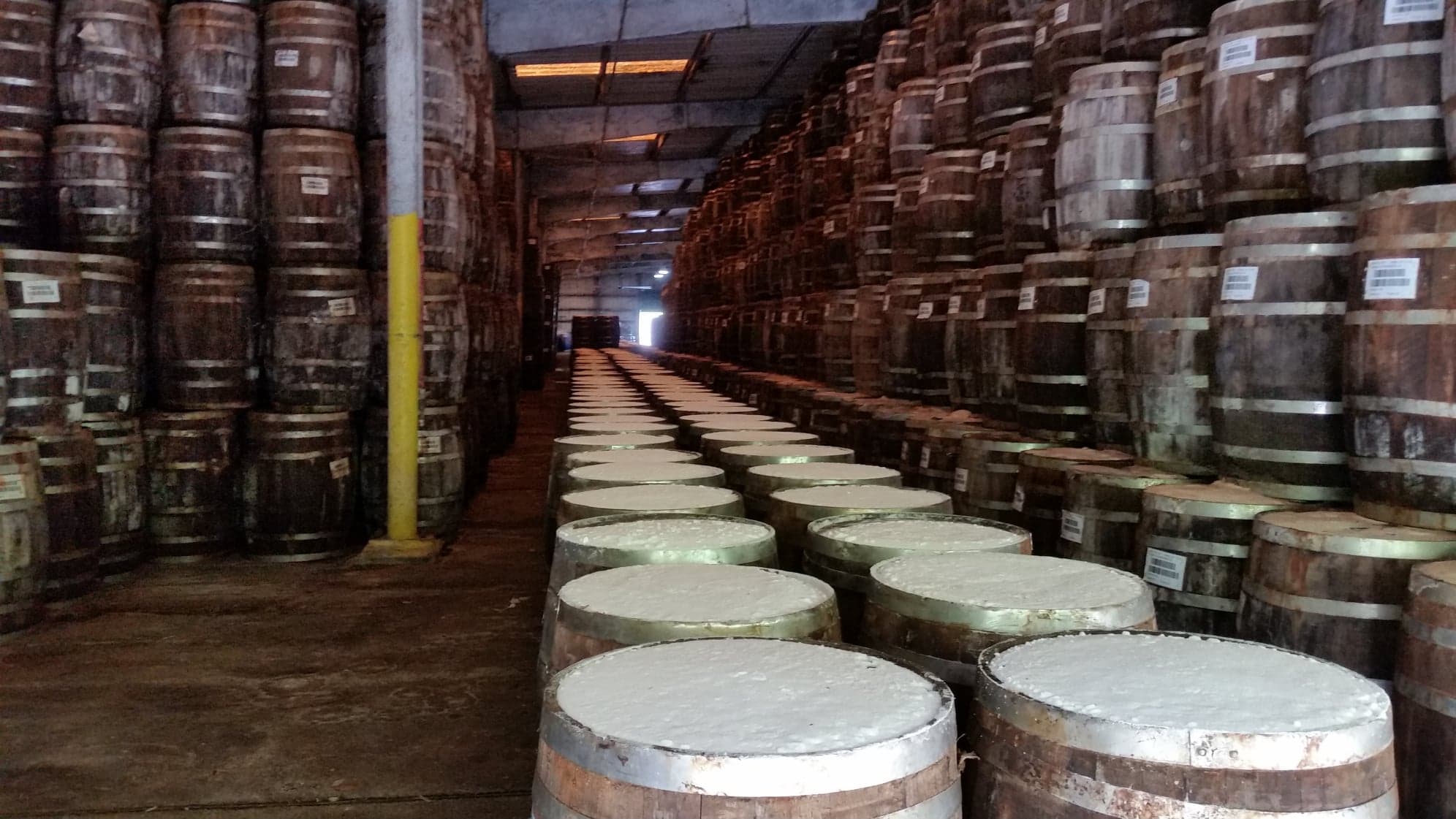
Heather and Bryan had the pleasure of traveling to New Orleans, Louisiana for a week in the spring of 2019. As with any good history nerds, much of their trip was devoted to seeing the unique historical sights of the lower Mississippi. This is the fourth and final installment in a series on their experiences of how the many facets of New Orleans history are interpreted for the public.
What do Reconstruction Louisiana, the Spanish-American War, and wetlands conservation all have in common? One of the world’s most recognizable condiments: Tabasco pepper sauce.
I was raised on Tabasco. My dad has eaten it with just about everything since before I can remember, even shaming my older cousins into trying to drink it straight from the bottle, and by middle school I was right there with him. Every Boy Scout camping trip saw me pack a bottle for personal use, and I regularly need to check with Heather before I try new recipes to make sure they won’t be too spicy for her to enjoy. All this is to say, when we began planning our trip to New Orleans, I knew that I needed to drive a little ways out into the bayous to Avery Island, Louisiana, home of the McIlhenny family and birthplace of our beloved condiment.

As we drove up the road leading towards the Tabasco complex, I was expecting a fairly run of the mill tour experience. See some factory floors, maybe try some factory exclusives, and check off experiencing how Tabasco is actually made. What we got, however, was one of the best localized historical interpretations I’ve yet experienced.
Tours of the Tabasco factory are self-guided, and very easy to navigate. An abundance of accessible videos and easy-to-read signage mean that when you see an element in the manufacturing process, you know exactly what it is and what it’s used for. The tour also encourages the full sensory experience, from observing peppers in a sample greenhouse to smelling the eye-watering aroma of the pepper mash aging in its white oak barrels or being mixed in massive steel tubs.

The real treasure, however, was where the tour started: in the small museum, third in line from the parking lot next to the company restaurant and store. The Tabasco museum is a clinic on making an extremely niche subject captivating to all audiences and arguing for its wider significance. The creation of Tabasco after the American Civil War is placed in a larger context of material culture and the food industry as it then existed, and of course all the kitschy manifestations and uses of Tabasco through the ages are on full display. The most fascinating exhibits, however, are what you might least expect: the lives of Tabasco’s many CEOs from the McIlhenny family. Rather than a stuffy recounting of a series of old white men, the narrative woven (successfully) by the museum is one of a family behind the scenes and involved in some of the most integral moments of twentieth-century American history. The company’s second owner and son of the founder was a personal friend of Theodore Roosevelt, was on the hunt that gave rise to the teddy bear legend, and resigned his position for a commission in Roosevelt’s Rough Riders, with whom he fought in Cuba during the Spanish-American War. That man’s son would go on to serve in the Pacific as a Marine colonel during the Second World War, and his son in turn would serve in Vietnam before fostering a close relationship between Tabasco and the US military. The family’s conservation efforts at Avery Island are also proudly highlighted, particularly their role in rescuing the region’s critically endangered snowy egrets.
All in all, our experience at Avery Island was one of the highlights of a trip filled with them. This was the kind of interpretation I would have loved to see at the National World War II Museum, and it is a testament to how much vibrant history lies hidden throughout America’s small towns and communities. If ever you plan on visiting New Orleans, I highly recommend driving the extra hour west of the city to Avery Island to visit this gem amongst the swamps.
